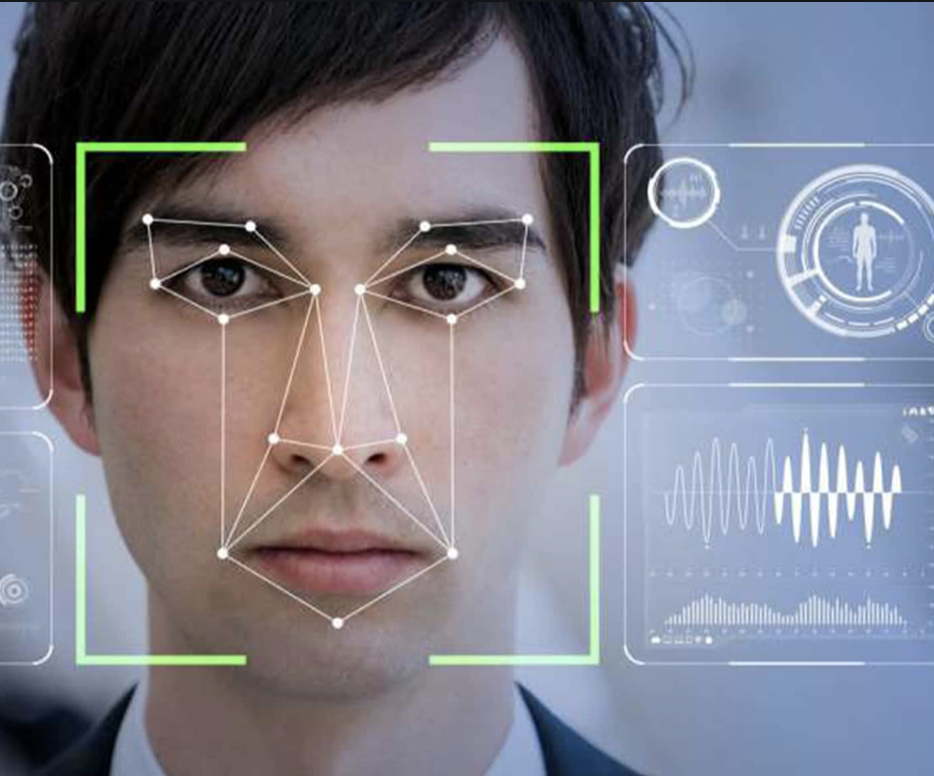If you have been to China in the last few years, you know that surveillance cameras are everywhere. On street corners, in train stations, parking lots, and every place people congregate in one form or another, including restaurants, hotel lobbies, etc. I was pretty sure that there was some camera in my room the last time I was Beijing too, but could never actually find it.
China’s surveillance society is heavy-handed and driven by the government, and the people have little say on how the Chinese officials use cameras and face Recognition to achieve a plethora of goals. A recent Fortune article explained how AI based face recognition was used to shame jaywalkers on the streets of Shenzhen and explained one of these goals in this story-
For China’s government, that means not only being able to identify any of its 1.4 billion citizens within a matter of seconds but also having the ability to record an individual’s behavior to predict who might become a threat—a real-world version of the “precrime” in Philip K. Dick’s Minority Report.
A NY Times article from April 14, 2019, , shows another example of how China is using AI and face Recognition to profile and track members of a large Muslim minority:
“The facial recognition technology, which is integrated into China’s rapidly expanding networks of surveillance cameras, looks exclusively for Uighurs based on their appearance and keeps records of their comings and goings for search and review. The practice makes China a pioneer in applying next-generation technology to watch its people, potentially ushering in a new era of automated racism.
The technology and its use to keep tabs on China’s 11 million Uighurs were described by five people with direct knowledge of the systems, who requested anonymity because they feared retribution. The New York Times also reviewed databases used by the police, government procurement documents, and advertising materials distributed by the A.I. companies that make the systems.”
At the moment in the US, surveillance cameras are in many public places like stores, college campuses, and even on street corners. However, most are used without face recognition behind them and for things like identifying shoplifting, monitoring school campuses and at intersections to catch cars breaking the speed limit. San Francisco, one of the most liberal cities in the US, voted this week to ban face recognition in city surveillance cameras, which could set a precedent for many other cities in the US to follow suit.
In a recent study by datainnovation.org, they surveyed American citizens about their views on face recognition, and the results are mixed, as seen in the three charts below.
Reading these charts makes it clear that people consider their personal safety first, and privacy second in most cases.
ITF’s Vice President, David Castro, has an interesting perspective on the San Francisco Board of Supervisors banning face recognition in the City By The Bay:
“Police can use facial Recognition to efficiently and effectively identify suspects, find missing children or lost seniors, and secure access to government buildings. Police already perform these tasks manually and at great expense. But facial recognition technology makes it possible to do the same tasks faster and more accurately.
Critics are worried that the U.S. government will use facial Recognition for mass surveillance, as the Chinese government is doing. But this comparison is flawed, as the United States has strong Constitutional protections. In reality, San Francisco is more at risk of becoming Cuba than China—a ban on facial Recognition will make it frozen in time with outdated technology.
There are plenty of legitimate concerns about government surveillance, but the right approach is to implement safeguards on the use of the technology rather than prohibitions. Good oversight and proper guidance can ensure that police and other government agencies use facial Recognition appropriately. For example, police can set limits on when facial Recognition can be used, such as disallowing it to arrest someone without additional evidence. Cities can require that government agencies only use facial recognition systems that meet certain performance requirements. And states can set requirements on the conditions under which they grant law enforcement access to government databases, such as those of mug shots and driver’s license photos.
Ironically, a ban on facial Recognition is a step backward for privacy. Rather than having individuals monitor surveillance cameras, facial recognition technology would use unmanned cameras; the only time anyone would view a recording would be if there was an alert, such as in the case of an active shooter or terrorist attack. Focusing on technology bans misses opportunities to make communities safer and increase privacy.”
Mr. Castros views are valid, but the concern continues to be that facial Recognition could be used in ways that impact personal privacy. As of now, the types of safeguards are not in place to guarantee face recognition not only stay in the right hands but, is not abused, even when it is legal.
These survey results take the current temperature of the American public and are bound to change if face recognition gets abused. Face Recognition will remain controversial for a long time, but, if used properly, it can be an important tool for public safety. However, if abused, it could have dire consequences for our freedom and the well-being of America and the world.



Thank you for great content. I look forward to the continuation.